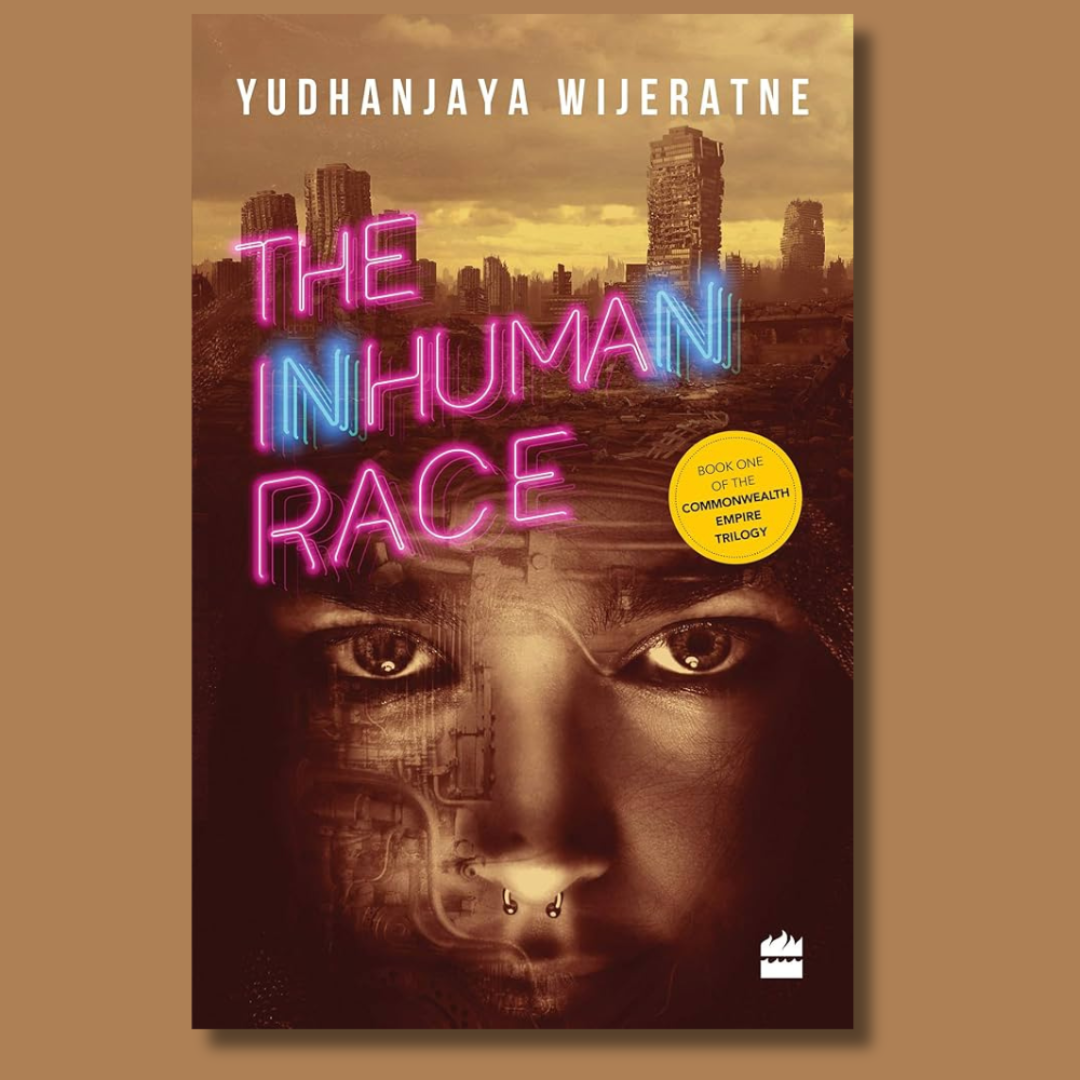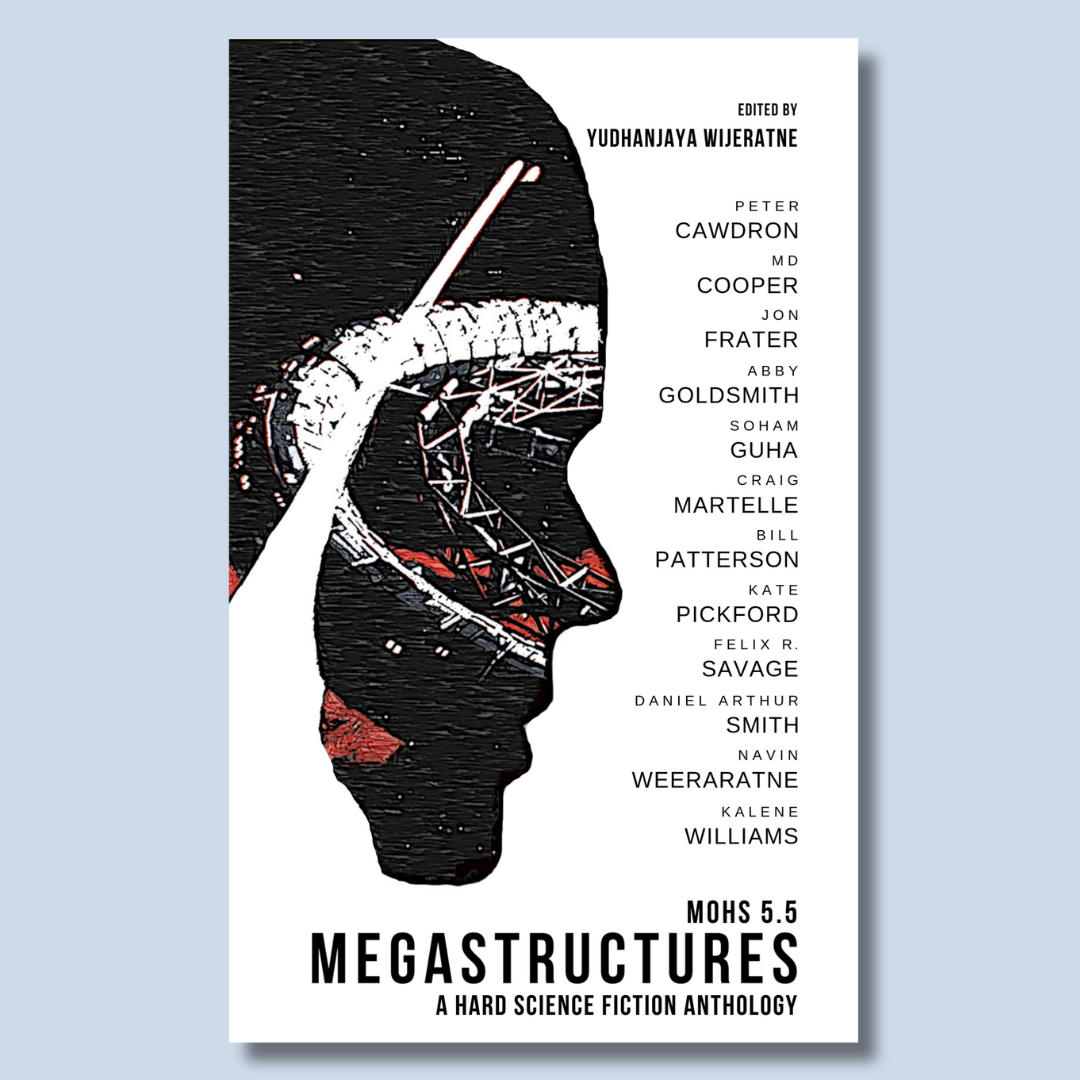
The Inhuman Race
A biopunk Colombo from an alternate future. Colonialism. A machine uprising. And the consequences.
A curated collection of global science fiction stories centered around megastructures and massive feats of engineering.
“Few artists thrive in solitude and nothing is more stimulating than the conflict of minds with similar interests,” wrote the celebrated science fiction writer Arthur C. Clarke. In these pages, a spectacular collection of science fiction authors - newcomers and veterans, bestsellers and debuts–clash thusly over one of Clarke’s most famous motifs: extreme feats of engineering. Curated by Yudhanjaya Wijeratne, Mohs 5.5: Megastructures echoes a journey through hard science fiction that inspires, entertains, and, quite possibly, explores. From Sri Lanka, India, Australia, and North America come five-minutes-into-the-future efforts to detect alien life, great colonies in the void, homophobia in space, and a one-man army being endlessly 3D-printed and sent out to do battle among the stars.
Megastructures is the first anthology I curated end to end, from story editing to cover art. It is an homage to the work of Arthur C. Clarke, who lived in Sri Lanka and influenced much of science fiction for decades to come. It features work by Craig Martelle, Felix R. Savage, Kate Pickford, Soham Guha, M.D.Cooper, Peter Cawdron, Navin Weeratne, and Bill Patterson.
Megastructures is on board for archival on the Moon via the Lunar Codex. Its foreword, which charts its inspirations, exists as a note here.
